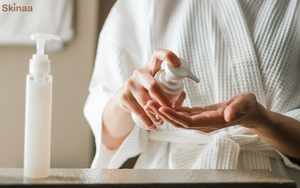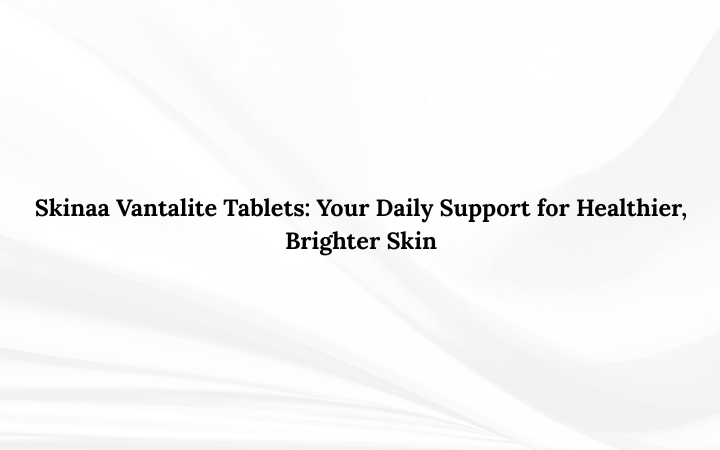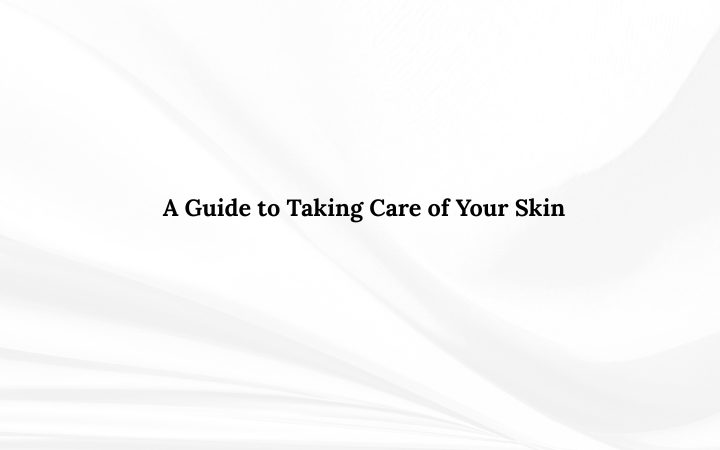For keeping our skin safe from the harmful effects of the sun's rays, sunscreen is our ultimate armor. However, with so many options on the market, it's overwhelming to determine which SPF is best for everyday use. In this article, we'll explore the world of sunscreens, focusing on how and when to apply them properly and offering helpful tips on selecting the best one for your skin.
Surprising Situations When You Need to Wear SPF: Protecting Your Skin Beyond the Obvious
Indoors: More Protection Than You Think
Believe it or not, even when you're indoors, your skin can be exposed to UV rays. Windows might keep the heat in, but they rarely provide adequate protection against UVB rays. If you spend long hours near windows, whether at home or in the office, applying SPF can help prevent premature aging and reduce the risk of skin cancer.
At High Altitudes: Closer to the Sun
As you ascend to higher altitudes, the atmospheric layer’s thickness decreases, resulting in a higher concentration of UV rays reaching your skin. Whether you're hitting the slopes or enjoying a mountain hike, the intensity of UV radiation increases, making it essential to wear SPF to prevent sunburn and skin damage.
During Winter: Don't Skip SPF
Winter months might bring cooler temperatures, but that doesn't mean you should ditch your sunscreen. Snow reflects sunlight, intensifying your UV exposure. Cold winds can chap your skin, making it more vulnerable to the sun's rays. Applying SPF during winter outings safeguards your skin from these combined effects.
On Cloudy Days: Deceptive UV Exposure
Clouds might provide a break from direct sunlight, but they don't block out UV rays completely. Up to 80% of UV radiation can penetrate cloud cover, putting your skin at Risk, even on overcast days. Wearing SPF on cloudy days ensures that you're shielded from these hidden dangers.
Through Light Clothing: Unseen UV Threats
Your clothing choices can impact your sun protection. Light and thin fabrics might feel comfortable, but they can allow UV rays to penetrate, causing harm to your skin. Applying SPF under your clothes adds an extra layer of defense against these unseen threats.
How To Use Sunscreen: A Step-by-Step Guide
Using sunscreen properly is essential to ensuring its effectiveness in shielding your skin from harmful UV radiation. Here's a simple step-by-step guide:
Apply Before Sun Exposure
Begin by applying sunscreen around 15 to 30 minutes before you step out into the sun. This allows the product to absorb into your skin and provide better protection.
Reapply Regularly
Sweating or swimming reduces the effectiveness of sunscreen. Apply sunscreen every two hours, or more frequently if you're engaged in water activities.
Use Lip Balm with SPF
Don't forget to protect your lips! Apply a lip balm with SPF to keep your lips safe from sunburn.
Be Mindful of Reflection
If you're near water, sand, or other reflective surfaces, keep in mind that they can intensify the sun's rays. Apply sunscreen more frequently in these settings.
Which Sunscreen is Best for Everyday Use?
For choosing the best sunscreen for daily use, several factors come into play:
When selecting a sunscreen, choose one with at least SPF 40
Select a sunscreen with a sun protection factor (SPF) of at least 40. SPF shows the level of protection the sunscreen offers against UVB rays, which cause sunburn. An SPF 30 sunscreen blocks approximately 97% of UVB rays, providing you with a strong shield against harmful sun exposure.
What & Why PA rating +++ Required
Examine the consistency of the formula for any changes
Over time, the consistency of sunscreen can change because of exposure to heat and air. Before applying, ensure that the texture and color are consistent. If you notice any changes, it's best to replace the product.
Select the Most Appropriate Sunscreen for You
Consider your skin type and any specific concerns. If you have sensitive skin, look for a sunscreen that is labeled as "gentle" or "for sensitive skin." If you have oily skin, choose a sunscreen that is oil-free and non-comedogenic.
Introducing SKINAA Aqua Sunscreen SPF 50+ PA+++
One noteworthy option for everyday sun protection is the SKINAA Aqua Sunscreen SPF 50+ PA+++. This high SPF sunscreen offers broad-spectrum protection against both UVA and UVB rays, helping to prevent sunburn, and potential skin damage.
Formulated with a lightweight and non-greasy texture, the SKINAA Aqua Sunscreen is suitable for various skin types. It is absorbed quickly, leaving your skin feeling comfortable and protected. The PA+++ rating shows protection against UVA rays, which can cause long-term skin damage.
Choosing the correct sunscreen for daily use is critical to protecting your skin from the sun's harmful effects. Choose a sunscreen with at least SPF 40, reapply frequently, and select a formula that is appropriate for your skin type. For individuals looking for effective and pleasant sun protection, the SKINAA Aqua Sunscreen SPF 50+ PA+++ is an ideal choice.
FAQs About Sunscreen
Is SPF 50 better than SPF 30?
While SPF 50 offers slightly more protection than SPF 30, the difference is significant. SPF 50 provides more effective protection against UVB rays.
Can I use sunscreen on cloudy days?
Yes, even on cloudy days, UVB rays can penetrate the clouds and affect your skin. It's important to wear sunscreen daily.
Should I reapply sunscreen indoors?
If you're indoors all day and not exposed to direct sunlight, reapplication is unnecessary. However, if you're near windows, UVB rays can still reach you.
Can I apply makeup over sunscreen?
Yes, you can apply makeup over sunscreen. Allow the sunscreen to absorb for a few minutes before applying makeup.
Can I use body sunscreen cream on my face?
Facial skin is more sensitive than body skin. It's best to use a sunscreen specifically planned for the face to avoid potential irritation.









